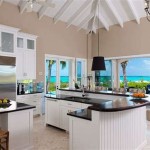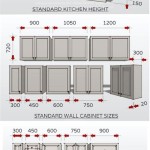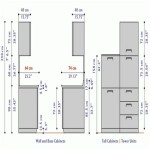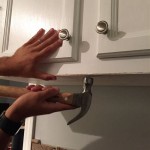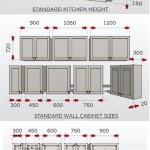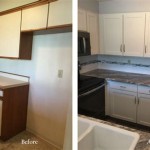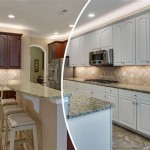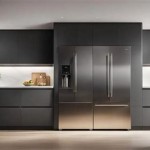Essential Aspects of Upper Kitchen Cabinet Styles
Upper kitchen cabinets play a pivotal role in maximizing storage, enhancing aesthetics, and defining the overall functionality of the kitchen. Understanding the essential aspects of upper cabinet styles is crucial for selecting cabinets that seamlessly complement the design and meet specific storage requirements.
This article delves into the key aspects that determine the style and functionality of upper kitchen cabinets, providing a comprehensive guide to help you make an informed decision.
1. Door Style
The door style significantly impacts the cabinet's visual appeal and overall design. Classic options include raised panel, flat panel, and shaker styles that offer a timeless and elegant look. Modern styles incorporate contemporary elements such as glass panels, recessed panels, and sleek lines.
2. Cabinet Height and Depth
Cabinet height and depth contribute to both storage capacity and the kitchen's overall proportions. Standard cabinet heights range from 30 to 42 inches, while depths typically vary between 12 and 15 inches. Taller cabinets provide ample vertical storage, while deeper cabinets accommodate bulkier items.
3. Crown Molding and Trim
Crown molding and trim add decorative details and create a finished look. Crown molding embellishes the top of cabinets, while trim outlines the doors and edges, enhancing visual appeal and concealing any gaps between cabinets and walls.
4. Hardware
Cabinet hardware, including knobs and handles, not only provides functionality but also contributes to the overall style. Traditional hardware options include brushed nickel, brass, and antique bronze, while modern hardware features clean lines and geometric shapes.
5. Materials and Finishes
Upper kitchen cabinets are typically constructed from wood, laminate, or thermofoil. Wood cabinets offer durability and a natural aesthetic, while laminate and thermofoil provide budget-friendly options with a wide variety of finishes, including wood grain, solid colors, and high-gloss.
6. Glazing and Decorative Elements
Glazing, such as seeded or frosted glass, adds a touch of elegance and allows for subtle light diffusion. Other decorative elements include carvings, inlays, and applied moldings, which enhance visual interest and create a unique look.
By considering these essential aspects of upper kitchen cabinet styles, homeowners can select cabinets that meet their functional needs and create a cohesive and visually appealing kitchen design.

Pin On Home Sweet

Update Your Kitchen On A Budget Cabinets Decor Decorating Above

14 Ideas For Decorating Space Above Kitchen Cabinets How To Design Spot

How To Decide Between Upper Kitchen Cabinets Open Storage And More

Project Spotlight Renovated Galley Style Kitchen In A Historic Home Remodel Layout New Cabinets

10 Simple Ideas To Update Your Kitchen Cabinets Jenna Sue Design
:strip_icc()/102022743-02d731aa200c4ad6bcf50aabf78dfc9a.jpg?strip=all)
Wood Cabinet Ideas To Consider For Your Kitchen Remodel

15 Stunning Kitchen Cabinet Designs In Singapore With 5 Essential Tips

Popular Cabinet Door Styles Trends In 2024 Model Remodel

Kitchen Cabinet Choices Storage Corner Cupboard
Related Posts

